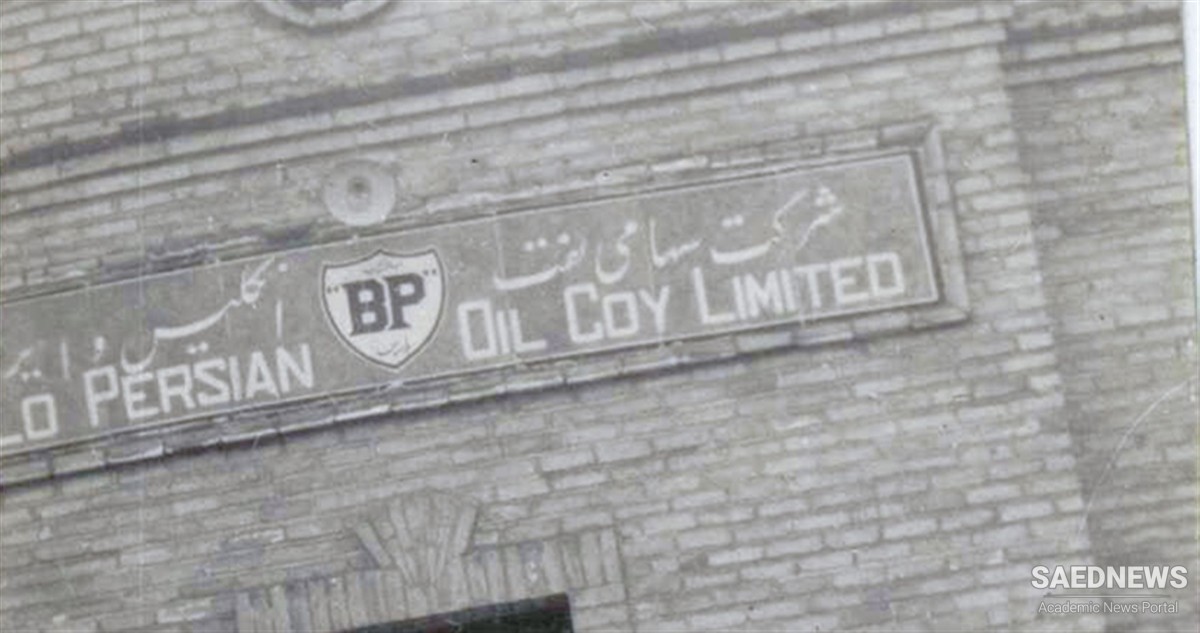The controversial agreement was the brainchild of two men and their evolving visions for the British imperial presence in the region: George Curzon, then the British acting foreign secretary and a longtime observer of Iranian affairs, and Percy Cox, then the British envoy in Tehran and, as it turned out, one of the most influential players in the shaping of the Arab Middle East.
Earlier in his career Curzon visited Iran, in 1891, as the Times of London’s special correspondent, and produced the voluminous Persia and the Persian Question—an overview of everything Iranian, with unmistakably imperial overtones. He viewed Iran’s material development under the benevolent aegis of the British as key for securing long-term British interests. Cox, educated in colonial India, shared with his superior the view that the agreement would grant Iran an undeclared British protectorate status under the guise of financial and military cooperation.
On the surface, the 1919 agreement indeed promised in benign terms collaboration between the two sovereign states. Britain consented to provide Iran with financial, technical, and military assistance in exchange for Iran’s exclusive reliance on Britain for such matters as defense and foreign advisers. The preamble to the agreement reaffirmed the “ties of friendship” between the two countries and promoted “progress and prosperity” of Persia, while article 1 reiterated “in the most categorical manner . . . the independence and integrity of Persia.”
Other articles stipulated the appointment of British financial and military advisers at Iran’s expense, promised a long-term British loan to finance military and economic development for which government revenues and customs were sought as security. The agreement also recognized the need for growth in trade and for development projects such as the railway. A supplementary loan agreement set the amount of the loan at £2,000,000 ($9,580,000), with 7 percent interest, and subordinated it to the servicing of an earlier loan due to be paid to Britain.


 The Impact of the Bolshevik Revolution
The Impact of the Bolshevik Revolution














































